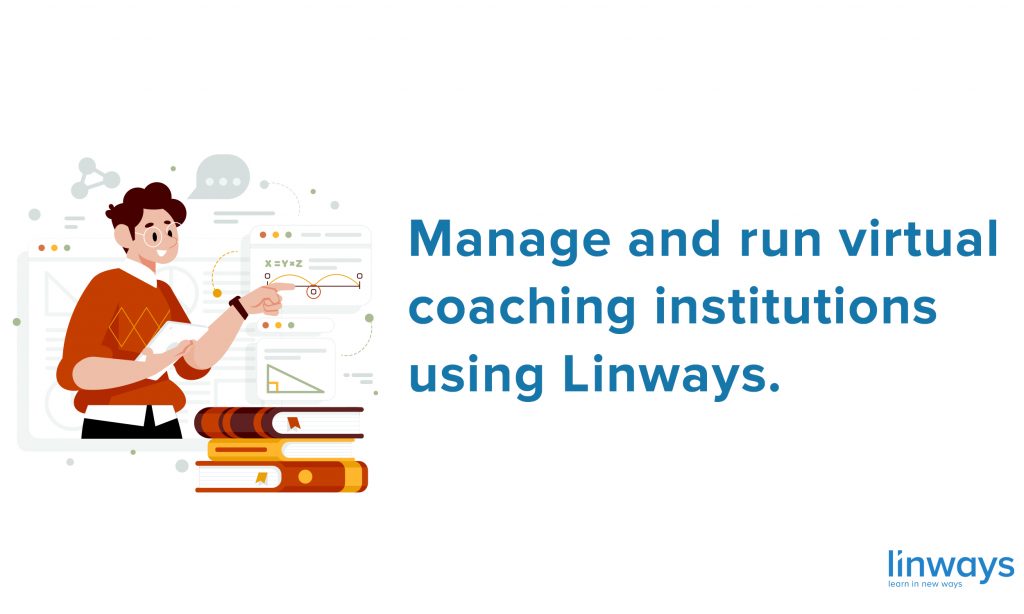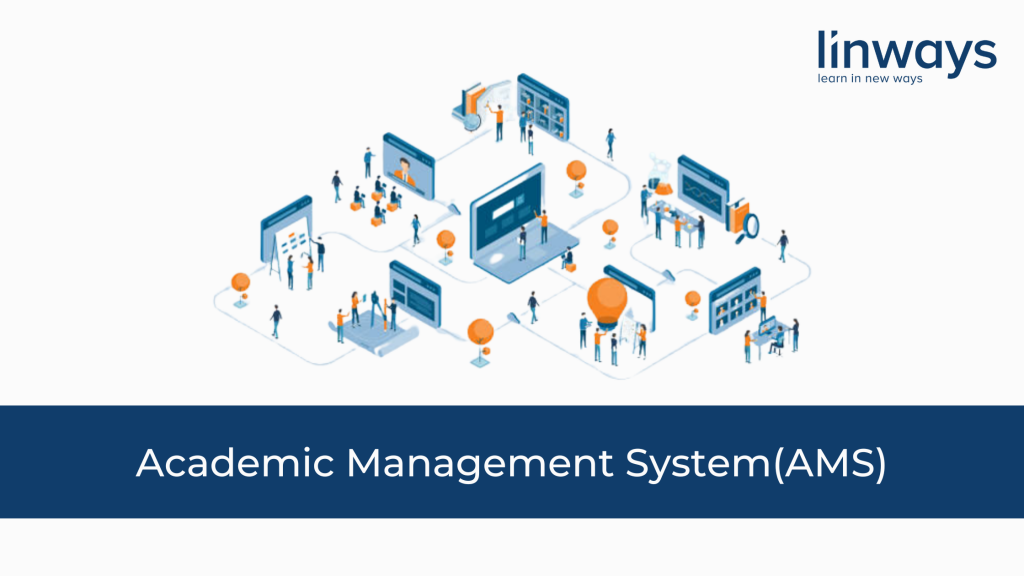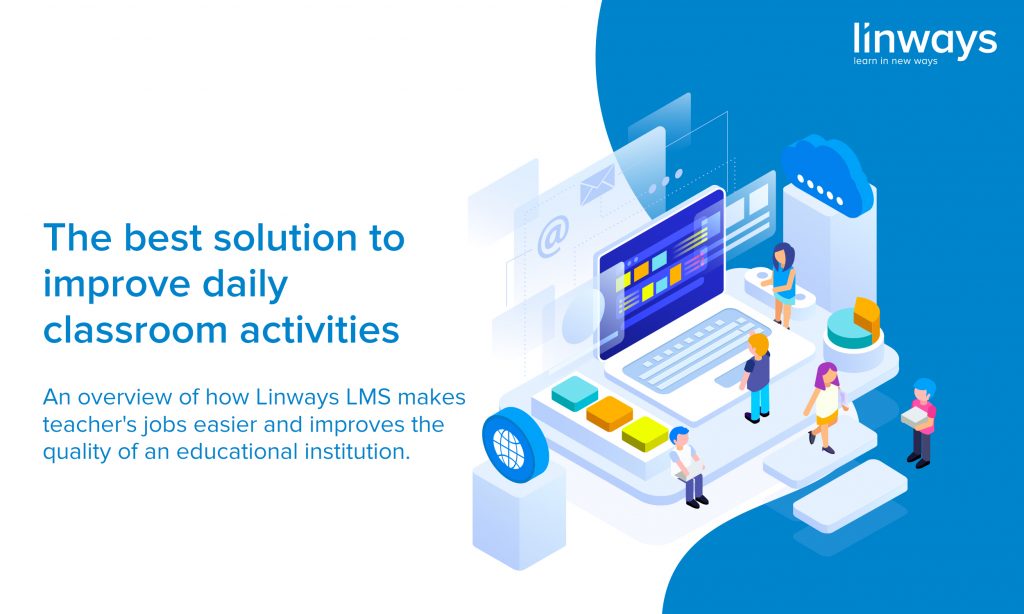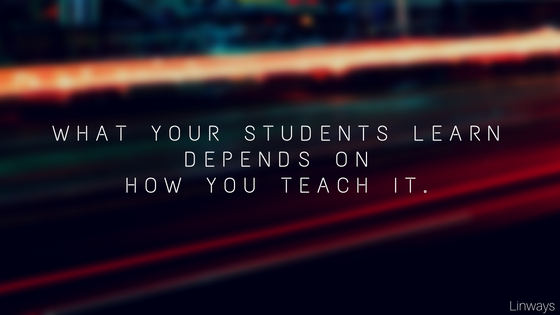
Every subject and topic has a unique way to approach it. You can’t teach a student to swim by showing them pictures of a man swimming. This goes across the field of formal education. How you choose to teach influences how the learner understands the topic, and retain the information. There are several ways you learn how to teach, and be really good at it.
Teaching effectively is a hard feat. You need to carefully assess the needs, draw route maps, and execute plans for the results you want to achieve. Teachers has this incredibly important job and they need meaningful feedback and right kinds of support systems to achieve the best results. But before we go any further, let’s look at how learning shapes the learners, and how we learn.
The place of learning in human evolution
Humans are naturally curious. As far as we know, us humans are the most complex beings in the entire universe in terms of technological and cultural advancements. We have a society based on various norms of social order and collectivism, and we consider ourselves “civilised”. However, this social structure and the world we have created for ourselves wasn’t just invented by a random ancestor hanging from the trees. It’s the result of two and a half million years of evolution, learning and passing on that information.
A lot of the skills and information we have today didn’t arise spontaneously from the intelligence of an individual. Over the course of human evolution, knowledge and adaptation skills were passed on to the succeeding generations, and more importantly, we tinkered with it and improved those skills for the better. That’s how we progressed.
This shows the place of cognition and curiosity in the chain of evolution. We ourselves are a result of this particular trait and it’s no surprise that humans have came such a long way because of that. This trend of social learning can be found in some primates like chimpanzees too. Chimpanzees fish for termites by poking sticks into the termite hole in the ground. But this is not an instinct. Older chimps teaches the younger ones this skill by showing them how it’s done, and then they learn by imitation. But what we humans has is a little different. It’s how we process the information and what we decide to do with it is what sets us apart. Evidently, we don’t see any technological advancements or evolution of better complex tools in the case of the chimps.
Collective learning helps us learn on a much faster scale and retain more information than is lost by the previous one. It also spares more room for improving what we’ve learned across generations after generations.
The truth about Learning
All that being said, no two person learn the same way. The way we learn, perceive, and retain information all varies across individuals, and the fact that it does is really crucial. While learning, each of us learn at different rates and different styles. Though there are some arguments about the case of learning styles, we do have our preferences and ways we like to learn things.
To take a step further, let’s look at the learning rates and preferences of individual learners.
One of the most well-known classification styles include the Myers-Briggs Type Indicator. It splits learners into four scales based on their preferences in learning.
- Extroverts (who try things out and focuses on the world around them) or introverts (who think about things & focus on the world they perceive inside themselves).
- Sensors (who are more practical and detail-oriented. They focus on facts and procedures) or intuitors (who are imaginative, concept-oriented & focus more on deeper meanings and opportunities).
- Thinkers (who are skeptical and tend to make decisions based on their logic and rules) or feelers (who are more appreciative and tend to make decisions based on their personal, humanistic considerations).
- Judgers (who set and follow plans) or perceivers (who are quick to adapt to changing environments. They postpone reaching closure to obtain more data).
The rates at which we learn depends on several factors including the thing being taught, environment, the way it’s being taught, teacher-student communication etc. Some students learn better when there is physical action involved, and if the learner is motivated enough, they tend to retain more of what they have learned to reproduce them later.
How to incorporate various learning capabilities and learning styles into the classrooms.
To see how we can interpret the signs and help construct our classroom to suit better learning, we must first look at how an ideal learning environment looks like.
A great classroom to learn often displays the following characteristics:
- The student asks more questions,
Questions are the product of curiosity and they signifies participation. Students needs to encouraged to ask more questions and their inquisitive nature should be appreciated. - Time and facility to think and come up with new ideas and express opinions,
An ideal learning environment should provide enough space and time to the learner to reflect upon what they have learned. - Employing various teaching models,
It is important not to rely on a single one-size-fits-all approach in the classroom. The teacher should be willing to employ different learning theories and teaching models to get the results they need. The goal is to achieve the outcomes, not the set them. - Close contact with society and the real-life application of the subject,
Learning itself is not enough. The learner needs to test their knowledge and skills in the real world and see if it stands. This testing provides essential feedback for improvement. - Personalized learning pace and criteria,
As we all know, everyone learns at their own pace and this fact should be acknowledged inside the classroom. This is crucial to ensure that everyone is keeping up and nobody’s left out. - Persistent value-based assessments that aligns with the goals/outcomes,
Learning is futile if we don’t test it. However, the tests themselves should be aligned with the desirable outcomes and should provide meaningful feedback in the form of data. - Nurturing curiosity and learning habits,
Nurturing a learning habit is so important. As we pass on the knowledge, we also need to make sure that the student will keep on learning. The role of the teacher tops as a facilitator and the students should learn themselves. - Opportunities.
An ideal learning environment should build opportunities for feedback, expression of creativity, and let the learner test their own knowledge. Trying and failing is a part of the process, but we should make sure that there is an opportunity for the learner to get back up and try again. This boosts confidence and instil motivation.
To master the craft, teachers and decision makers need to assess and learn about how students react to the teaching-learning process. Use of the right tools and self-evaluation can be really effective here. Now there are a couple of steps you could try to teach efficiently. We have already written a blog on a different perspective on this. You can check them out here;
7 ways to optimize your teaching skills to its full potential.
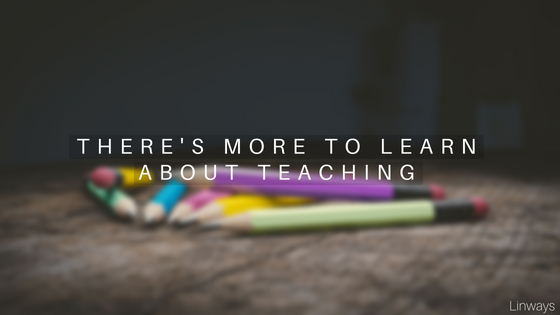
Here we will be discussing about the right approaches to teaching and building powerful strategies.
The first step is to define your goals and set outcomes aligning with the curriculum. The goals should also leave room for self-evaluation and quality improvement. Setting outcomes mainly provides teachers a choice to direct the course in directions they see fit. Instead of simply following the curriculum, you can aim to achieve those outcomes and there will be more room in the teaching process for adaptations and improvement.
Once you have set the outcomes, you can then plan on how to achieve those outcomes. The way a teacher approaches a learning environment is a critical factor in defining progression and results. Once you have made the choice and set the goals, you’ll be surprised to find how many instruction mechanisms and learning methods are there to let you reach there. You could implement student-centric learning, flipped learning, ICT enabled education, Data driven education, behaviourism, cognitivism etc.
Purposely leverage multiple learning pedagogies to help learners be more engaged, achieve mastery and knowledge. The simple act or rearranging the classroom to measuring specific metrics like application skill development can be used here. Just like any other instrument, the classroom can also be made as a tool to empower teaching and nurture learning.
Another way to improve the quality is by making use of right tools and technology to support your teaching. Sharing course materials and learning aids digitally can ensure access to the syllabus. Video presentation has been adopted by many institutions to collaborate with the lectures. Managing the academics using technology such as Academic Management Systems are proven techniques that will surely contribute to the overall quality improvement.
Since there are much more to be told about various delivery methods and curriculum planning, we will publish more dedicated blogs for those topics soon enough. You can make sure you don’t miss out on them by subscribing.
PS: If you have anything to add to this topic, and have any suggestions, please comment below. We’d love to hear from our readers who share the same passion and interest in education as we do.


